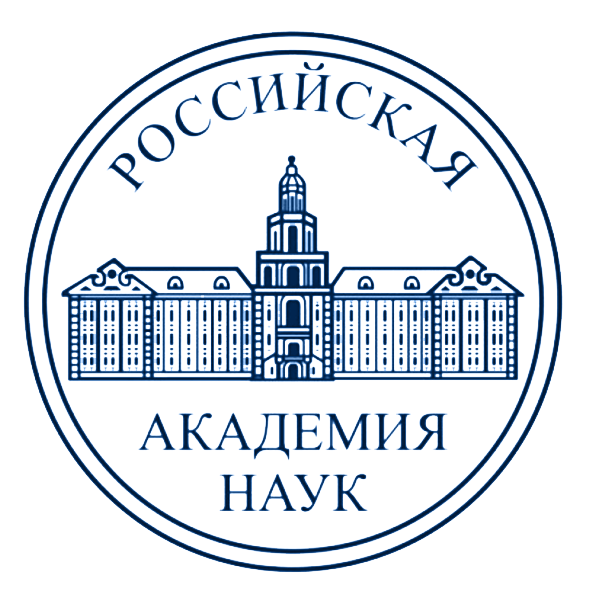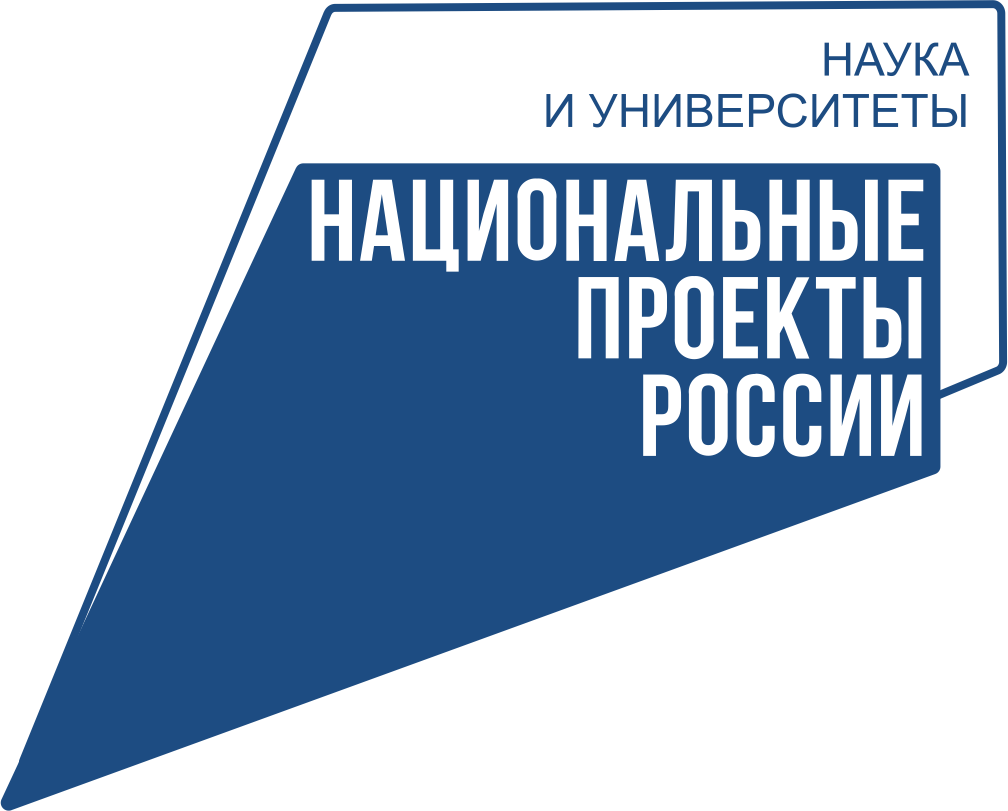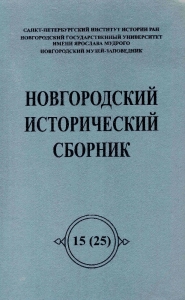 The publishing house of the Yaroslav-the-Wise Novgorod state university issued new books:
The publishing house of the Yaroslav-the-Wise Novgorod state university issued new books:
Novgorod historical articles (Novgorodskii itoricheskii sbornik). Issue 15 (25). Velikii Novgorod, 2015.
This issue includes articles and materials on the history and cultural development of Novgorod and its region in 12th-20th centuries. The problems of social and political relations, religion, administrative division, archaeology, historiography and Old-Russian architecture are discussed in this book. It also includes the publications of different old researches on the history of ancient Russian town.
Issue 15 is devoted to memory of academician Boris Vasilievich Ananich.
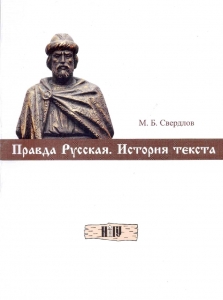 M.B. Sverdlov. Pravda Russkaya. The history of the text. Velikii Novgorod, 2015.
M.B. Sverdlov. Pravda Russkaya. The history of the text. Velikii Novgorod, 2015.
It presents a second edition, revised and enlarged of his early book “From Zakon Russkii to Russkaya Pravda” first published in Moscow in 1988. This new edition is dated to the 5th International scientific conference “Novgorodica-2015. From “Pravda Russkaya” to Russian constitutionalism”.
The scholar analyses the texts of Kratkaya Pravda (the Short Edition) and Prostrannaya Pravda (the Extensive edition), compares them with German legal codes what makes it possible to reconstruct the structure and contents of the state law of 10th century Russia and to trace the development of this law code in 11th and 12th centuries.
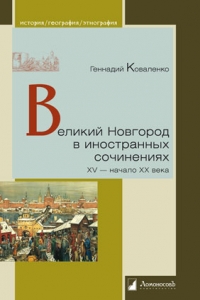 Publishing house “Lomonosov” in the book series “History. Geography. Ethnography” issued a new book by G.M. Kovalenko “Velikii Novgorod in foreign writings. 15th-beginning of the 20th century.” Moscow, 2016.
Publishing house “Lomonosov” in the book series “History. Geography. Ethnography” issued a new book by G.M. Kovalenko “Velikii Novgorod in foreign writings. 15th-beginning of the 20th century.” Moscow, 2016.
Velikii Novgorod being at the intersection of trade routes from ancient times drew attention of Europeans. Until the beginning of 18th century Europeans knew about this town more than about any other Russian towns except maybe Moscow and this information was presented in numerous works. They were usually biased, paid special attention to cultural differences and everything exotic what was regarded as usual for such a barbaric nation as Russians. Nevertheless it is important that foreigners noticed social phenomena, what makes it possible to imagine everyday life of Russian people of the past.


